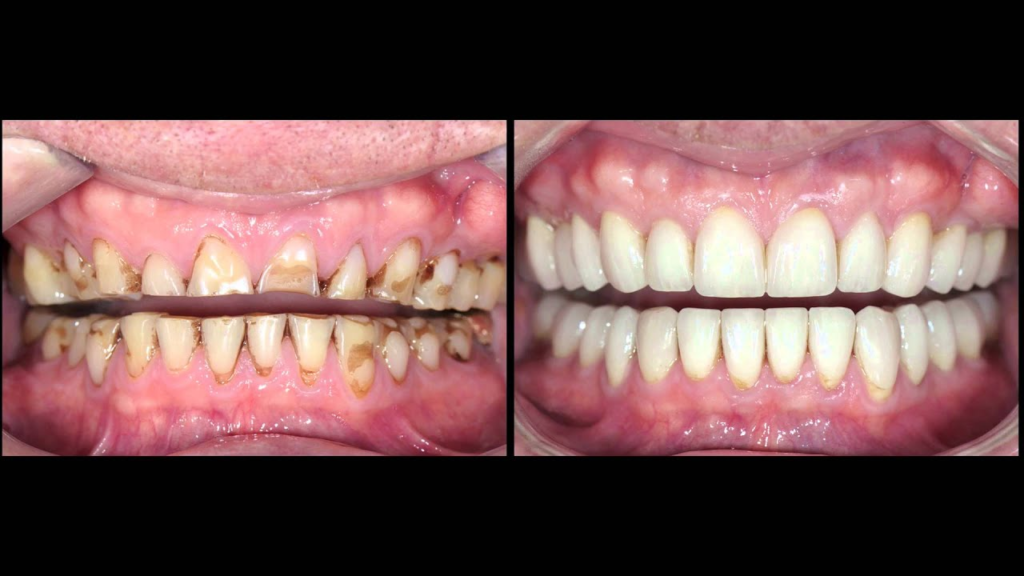Our Services
Treatments


Root canal treatment
Braces/Orthodontics
What Are Braces?

Types of Braces
If braces are indeed the solution for you, the dentist or orthodontist will prescribe an appliance specific to your needs.
Metal/traditional braces

Ceramic braces

Lingual braces


Invisalign
Pros of Invisalign
There are several advantages to getting Invisalign instead of opting for traditional metallic braces. Here are some pros of the clear set of aligners:
- Comfort
- More Attractive
- Convenience
- Can be Removed
- Minimal Maintenance

Dental Implants
What Are Braces?

What Are Dental Implants?
Why Dental Implants?
Are Dental Implants Safe?


Smile Designing
Dental Veneers

Pediatric Dentistry
Pediatric dentists promote the dental health of children as well as serve as educational resources for parents. It is recommended by the American Academy of Pediatric Dentistry (AAPD) and the American Academy of Pediatrics (AAP) that a dental visit should occur within six months after the presence of the first tooth or by a child’s first birthday.

The AAPD has said that it is important to establish a comprehensive and accessible ongoing relationship between the dentist and patient – referring to this as the patient’s “dental home”. This is because early oral examination aids in the detection of the early stages of tooth decay.
Early detection is essential to maintain oral health, modify aberrant habits, and treat as needed and as simply as possible. Additionally, parents are given a program of preventive home care (brushing, flossing and fluorides), a caries risk assessment, information on finger, thumb, and pacifier habits, advice on preventing injuries to the mouth and teeth of children, diet counselling, and information on growth and development.

Full Mouth Rehabilitation
Full Mouth Rehabilitation Candidates
Crowns/Bridges
A crown is basically a cap for a damaged tooth. It can be made from a variety of materials, including metal or porcelain.
You might have a crown over a molar that rarely shows, except when you yawn widely, or you might have crowns on your front teeth that were specifically designed to match your other teeth.

Who needs a crown?
If you have a large cavity that’s too big for a filling, it may be time for a crown.
You may also need a crown if your tooth is:
- severely worn down
- cracked
- weakened
Crowns are also recommended following a root canal on a tooth because the tooth is more fragile and needs protection.
What is a dental bridge?
If you have missing teeth, your dentist can close — or bridge — the gaps in your smile with dental bridges. A dental bridge is a false tooth (called a pontic) that is held in place by the abutment teeth on either side of the gap. Although politics can be made from a variety of materials such as gold, typically they’re made from porcelain to aesthetically blend in with your natural teeth.
Why do I need a dental bridge?
When you have a missing tooth or missing teeth, it can affect you in a number of ways. A dental bridge can address those changes, including:
- restoring your smile
- restoring the ability to properly chew
- restoring your speechand pronunciation
- maintaining the shape of your face
- re-adjusting your bite to properly distribute the force when you chew
preventing your remaining teeth from moving out of the correct position

Scaling
Dental scaling is routinely performed to help patients with gum disease and excessive plaque buildup. This is a type of dental cleaning that reaches below the gumline to remove plaque buildup. The process of scaling and root planing the teeth is often referred to as deep cleaning.
When Is Dental Scaling Necessary?
Everyone experiences some form of plaque buildup. The saliva, bacteria, and proteins in your mouth form a thin layer that covers your teeth at almost all times. When you eat, tiny particles, acids, and sugars from the food stick to this film, creating a buildup on the teeth known as plaque. The bacteria that lives in this plaque can cause gum disease and tooth decay. Brushing, flossing, and regular dental cleanings will help remove the plaque and prevent more serious problems.
Dentures
A denture is a removable replacement for missing teeth and surrounding tissues. Two types of dentures are available — complete and partial dentures. Complete dentures are used when all the teeth are missing, while partial dentures are used when some natural teeth remain.

Complete Dentures
Complete dentures can be either “conventional” or “immediate.” Made after the teeth have been removed and the gum tissue has begun to heal, a conventional denture is ready for placement in the mouth about eight to 12 weeks after the teeth have been removed.
Unlike conventional dentures, immediate dentures are made in advance and can be positioned as soon as the teeth are removed. As a result, the wearer does not have to be without teeth during the healing period. However, bones and gums shrink over time, especially during the healing period following tooth removal. Therefore a disadvantage of immediate dentures compared with conventional dentures is that they require more adjustments to fit properly during the healing process and generally should only be considered a temporary solution until conventional dentures can be made.
Partial Dentures

Wisdom tooth Impaction
Wisdom teeth are the third set of molars in the very back of your mouth. These teeth typically come in during the late teen years or early adulthood.
If a wisdom tooth gets stuck under your gum or doesn’t have enough room to break through the gum, it’s considered “impacted.” Impacted wisdom teeth are more prone to disease, tooth decay, and other dental problems.

